
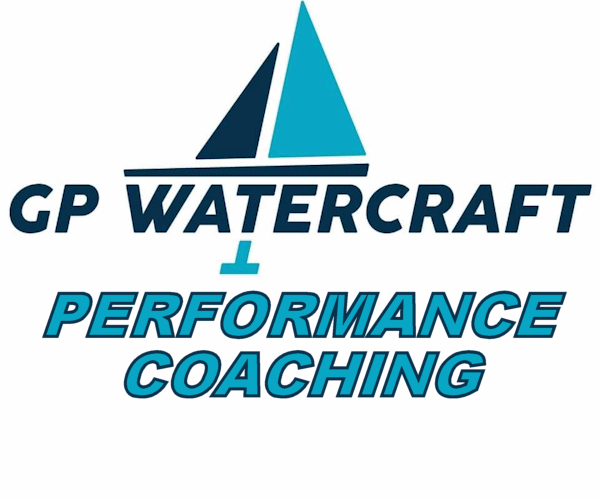
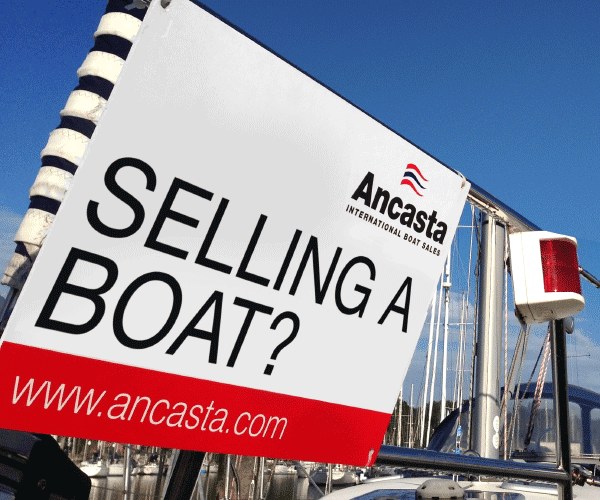
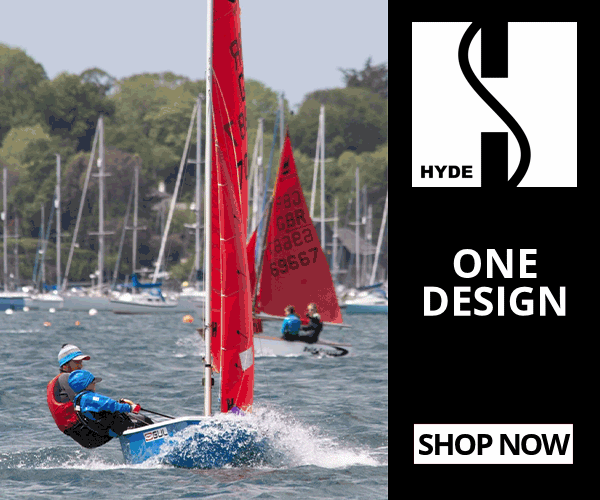
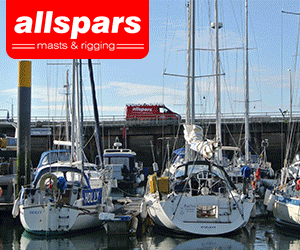
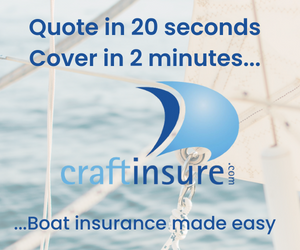
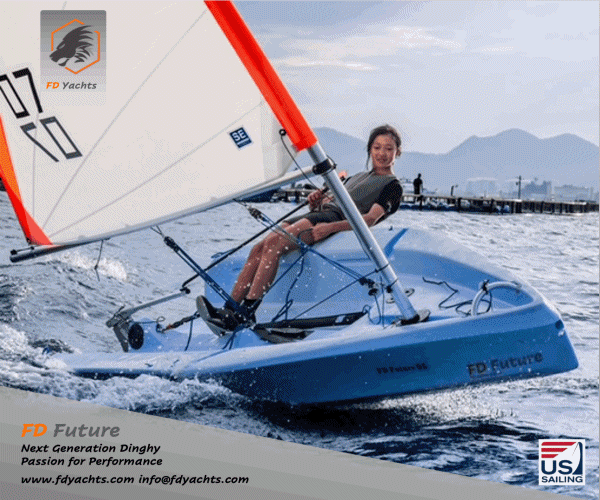

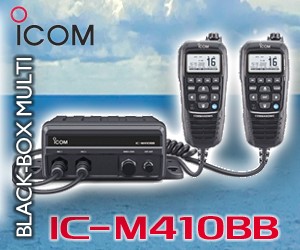
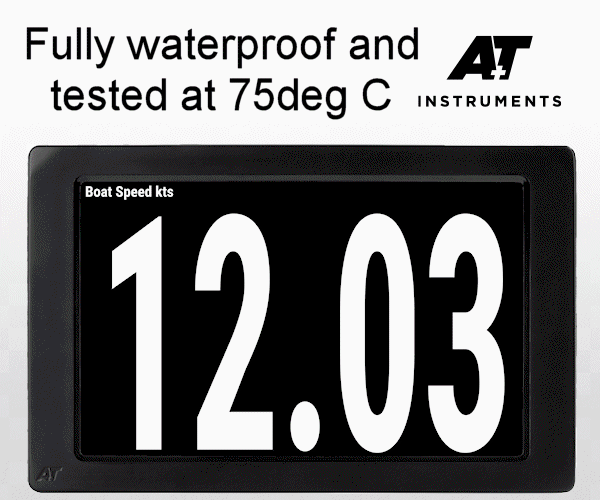

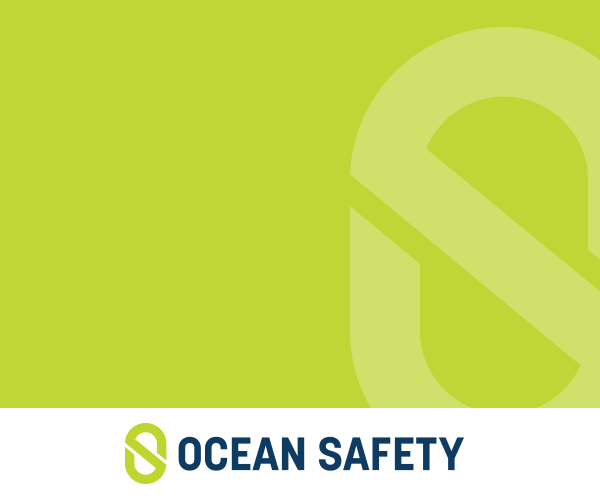

Boats for sale
| Laser 140101 Tynemouth |
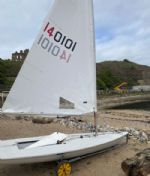 |
| Laser 28 - Excellent example of this great design Hamble le rice |
 |
| Laser 161752 Tynemouth |
 |
List classes of boat for sale |
5o5 worlds - Gate starts |
Post Reply 
|
Page <1 23456 7> |
| Author | |
Guests 
Guest Group 
|
 Post Options Post Options
 Quote Quote  Reply Reply
 Topic: 5o5 worlds - Gate starts Topic: 5o5 worlds - Gate startsPosted: 29 Sep 17 at 10:39pm |
|
There is the effect tide has on the wind you feel. But crucially you can only take advantage of this if the tide changes (either in strength or direction over time or across the course).
If you have a tide running across the wind it'll create what feels like a shift in the true wind away from the direction the tide is running in, if you're on a boat (it's actually a shift in apparent, as even when you're not moving through the water, you're still moving). So, to give an example. If you had a 7 knot wind, with 2 knot cross tide (left to right) at the leeward mark, and 1 knot cross tide at the top mark, it would shift the wind felt by 16 degree at the bottom, but only 8 degree at the top. As you sail the beat you would feel a persistent left shift of 8 degrees. In which case, just like any persistent left shift, it would pay to go left. But, the problem with iGRFs post is he doesn't say how the 3 knot cross tide changes across the course. If the 3 knot tide gets stronger toward the windward mark, it will pay to start late (go right). However, these are pretty extreme examples. Imagine the wind was 12 knots, and the tide 1 reducing to 0.5. That would be feel like a persistent wind shift of less than 3 degrees. Not sure I'd hit a corner for a three degree shift when it's flicking back and forth by 5-10 degrees... But the people who believe you can just pinch a few degrees higher and get a magical extra lift are just mad.
Edited by mozzy - 29 Sep 17 at 11:04pm |
|
 |
|
By The Lee 
Posting king 
Joined: 06 Aug 17 Online Status: Offline Posts: 114 |
 Post Options Post Options
 Quote Quote  Reply Reply
 Posted: 29 Sep 17 at 10:56pm Posted: 29 Sep 17 at 10:56pm |
|
Totally agree with that
|
|
 |
|
Old Timer 
Far too distracted from work 
Joined: 05 Jun 13 Online Status: Offline Posts: 370 |
 Post Options Post Options
 Quote Quote  Reply Reply
 Posted: 01 Oct 17 at 7:52am Posted: 01 Oct 17 at 7:52am |
Warning ... do not try and explain vectors to iGRF ... unless you enjoy sticking needles in your eyes ...
|
|
 |
|
iGRF 
Really should get out more 
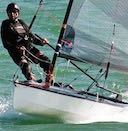
Joined: 07 Mar 11 Location: Hythe Online Status: Offline Posts: 6499 |
 Post Options Post Options
 Quote Quote  Reply Reply
 Posted: 01 Oct 17 at 12:19pm Posted: 01 Oct 17 at 12:19pm |
ftfy 
|
|
 |
|
iGRF 
Really should get out more 

Joined: 07 Mar 11 Location: Hythe Online Status: Offline Posts: 6499 |
 Post Options Post Options
 Quote Quote  Reply Reply
 Posted: 01 Oct 17 at 12:58pm Posted: 01 Oct 17 at 12:58pm |
|
As much as I enjoy joshing with you boys, I would dearly love to show you the facts of racing in tide.
So here are a few points to consider. 1) Tide generally is more important when the wind is light. 2) Tide is rarely constant across the entire course in the sort of inshore racing we enjoy, but even if it is constant, it always pays to use it to advantage early in the race, for the same reason that we tell folk not to make mistakes at the start and in the first few minutes of the race. Why? make a mistake at the start for one second and you lose 20 places in a 60 strong fleet, make the same mistake at the windward mark and you might just lose one place, so logic dictates for those first few hundred yards you are pedal to the metal. Now, even though basic tactics are that we're racing for the buoys and shouldn't get involved in inter board/boat tactics, during the first half of the race you are permitted to position yourself as well as you can against the rest of the fleet for the inevitable line up on the lay line and that means going faster through the water than they are, even if the water itself is a uniform conveyor belt toward the mark. And so, in light wind, if there is a couple more knots to be had over the water, which a favourable tide in one direction brings, then take it early. 3) Time and tide wait for no man, not only is tide never constant across an entire course, even offshore, the tide is ebbing or flowing and will increase and decrease in strength if not during the course of a race, certainly in the course of the morning or afternoon, so it could be increasing or decreasing and the early or late decision rests with that. Either way you need to know. 4)Tidal estuaries, tide is certainly not uniform in coastal estuary there will be inevitable channels of deeper faster flowing water, you can see it, learn to read the water, I accept you can't feel it in boats as well as we can on boards, but that doesn't mean it's not there to be used just as you use shifts and I'm sorry, but just inching high enough to get an unfavourable tide onto the bow as against the weather side, can make a difference, it happens here at home every week, where we have a bend in the tide and sometimes the weather mark lay line is inconveniently sited. 5) There are also times when pinching in tide is a disaster and sailing free is faster, typically on a starboard lay line approach, better come up under faster and approach on port knowing they'll all be stuffing to try and make the buoy. Also the opposite can be true if it's favourable, many a time I've taken ten places tacking early and letting the lee bow take me up whilst 'they' get forced to sail back down to the weather mark because of tidal overstand. But it's not rocket science you just have to apply a little logic to your situation, once you know what's going on, which for the life of me I never understand why so few bother to find out. I may be a bit flippant with throw away lines like the go early late thing back there for gate starts, but you have to accept, I've been sailing in tide for over forty years, from Whitby to Whitstable, from Hayling to Hartlepool, Exmouth to Eastbourne, Paignton to Pevensey, Dale to Deal and generally winning more often than not. Give me a tidal situation and generally I'll give you a sailing solution, wind permitted, so go ahead troll me all you like, I just hope one day we meet on the water in a bit of tide with not a lot of wind... Edited by iGRF - 01 Oct 17 at 1:01pm |
|
 |
|
JimC 
Really should get out more 

Joined: 17 May 04 Location: United Kingdom Online Status: Offline Posts: 6662 |
 Post Options Post Options
 Quote Quote  Reply Reply
 Posted: 01 Oct 17 at 1:12pm Posted: 01 Oct 17 at 1:12pm |
|
The back story behind this is that in the dim past there used to be a dumb theory about sailing in adverse tide called the lee bow effect, which still persists in some quarters, but GRF has never come across. It was nonsense, but no-one has ever succeeded in explaining to GRF what it was. Well, its kinda difficult to 'explain' something when you know what you are explaining is nonsense. There are also several other things that get called "lee bow effect", so the whole subject gets very confusing: you get arguments that could be summarised as
Fred: "2+2=4" Bill: No, you're wrong, 3+3=6" GRF is basically sound on sailing in tide, and what he calls lee bow effects are valid. They just aren't the dumb theory you'll find by that name in some old books and from some old sailors. The lesson to take from this is to be very wary of what you find in old books. Much of it will be perfectly valid, but some of it will be dubious, especially the more esoteric stuff. Edited by JimC - 01 Oct 17 at 2:46pm |
|
 |
|
Rupert 
Really should get out more 
Joined: 11 Aug 04 Location: Whitefriars sc Online Status: Offline Posts: 8956 |
 Post Options Post Options
 Quote Quote  Reply Reply
 Posted: 01 Oct 17 at 1:20pm Posted: 01 Oct 17 at 1:20pm |
|
In number 5, it is the tide taking you up, and you are able to pinch to get there because going more slowly but sailing a shorter distance is magnified by tidal effect, and the overstanding boats are possibly even fighting the tide now. The tide is simply moving the whole boat.
I'm trying to see a situation where the tide is against you on that final approach, rather than taking you sideways, and by pinching, you present the lee bow to the tide. You are then moving through the water, and the tide then presses on the bow to force it to windward. Nope, all I see is a boat pinching into the tide and slowing down, stopping and then even drifting backwards on the tide, whilst the boats who stood on before tacking onto starboard have enough speed to beat the tide. Maybe if you draw it? |
|
|
Firefly 2324, Puffin 229, Minisail 3446 Mirror 70686
|
|
 |
|
iGRF 
Really should get out more 

Joined: 07 Mar 11 Location: Hythe Online Status: Offline Posts: 6499 |
 Post Options Post Options
 Quote Quote  Reply Reply
 Posted: 01 Oct 17 at 1:53pm Posted: 01 Oct 17 at 1:53pm |
|
I'm not sure of the question in point 1, and point 2, would be better served with a diagram, classic cross tide tends to be the scenario I'm describing, but tide can be 360 degrees, it can be coming from 0, 90, 180, 270 or 360 and obviously the effects will all be different.
Something I used to tell inland windsurfers that helped them in their reasoning, the wind we traditionally sail on is 2d apparent, the true wind and the created wind, tide is just a third element in the creation of the apparent wind sometimes it strengthens the true wind, some times it assists the created wind, or has the opposite effect and the key to using it is working out which it is. Edited by iGRF - 01 Oct 17 at 1:58pm |
|
 |
|
By The Lee 
Posting king 
Joined: 06 Aug 17 Online Status: Offline Posts: 114 |
 Post Options Post Options
 Quote Quote  Reply Reply
 Posted: 01 Oct 17 at 6:25pm Posted: 01 Oct 17 at 6:25pm |
|
To be fair everything iGRF said is true apart from the non sense apart pinching to get the tide on a favorable side of the bow...
|
|
 |
|
Guests 
Guest Group 
|
 Post Options Post Options
 Quote Quote  Reply Reply
 Posted: 01 Oct 17 at 7:05pm Posted: 01 Oct 17 at 7:05pm |
|
I wouldn't call anything I explained in my previous post "lee bow effect" because of the other meanings which JimC alludes too (tacking on the lee bow to give dirty air and pinching up so the tide is on your lee bow rather than bow).
What the tide does is change your apparent. If the tide is against the wind it increases your apparent, if its with the wind is decreases it. If it's cross the wind it changes the apparent wind direction. But critically, from a strategy point of view you can't make use of this knowledge unless things are changing. You can't make use of shifts if the wind isn't shifting and so you can't make use of the tide unless it changes too (over time or over the course). Which is just what I was pulling iGRF up on.You never stated how things were changing, so I didn't understand why he was saying 'go that way'. Strategy is simple, the question is always; is this tack better now, or later. If the answer is later, then tack. The difficult bit is knowing what will happen later, and iGRF didn't state that in any of his scenarios, so they made no sense. (i used to have a coach who said "always sail the tack which is reducing the distance to the windward quickest; the long tack rule. This is okay, but often not perfect, as there are often situations where you are on the favoured tack, but if it the tack is only going to get better still, then you should sail the unfavoured tack first. e.g. persistent shift). Interesting facts about tide: 1) When the tide is with you up a beat, you get a double benefit; not only will you get the VMG increase equal to the current, but you will also see an increase in wind speed which will give a boat speed increase (unless you're over powered), so the gain of sailing in more tide is amplified. 2) If you're in a boat that has a VMG faster than the wind downwind, and it is wind against tide, you're better sailing against the stronger tide, as the increase in apparent wind strength will outweigh the current you're fighting against. And vice versa if the current is with you downwind.
|
|
 |
|
Post Reply 
|
Page <1 23456 7> |
| Forum Jump | Forum Permissions  You cannot post new topics in this forum You cannot reply to topics in this forum You cannot delete your posts in this forum You cannot edit your posts in this forum You cannot create polls in this forum You cannot vote in polls in this forum |
Bulletin Board Software by Web Wiz Forums® version 9.665y
Copyright ©2001-2010 Web Wiz
Change your personal settings, or read our privacy policy
Copyright ©2001-2010 Web Wiz
Change your personal settings, or read our privacy policy











 Printable Version
Printable Version Delicious
Delicious Digg
Digg Facebook
Facebook Furl
Furl Google
Google MySpace
MySpace Newsvine
Newsvine reddit
reddit StumbleUpon
StumbleUpon Twitter
Twitter Windows Live
Windows Live Yahoo Bookmarks
Yahoo Bookmarks Topic Options
Topic Options